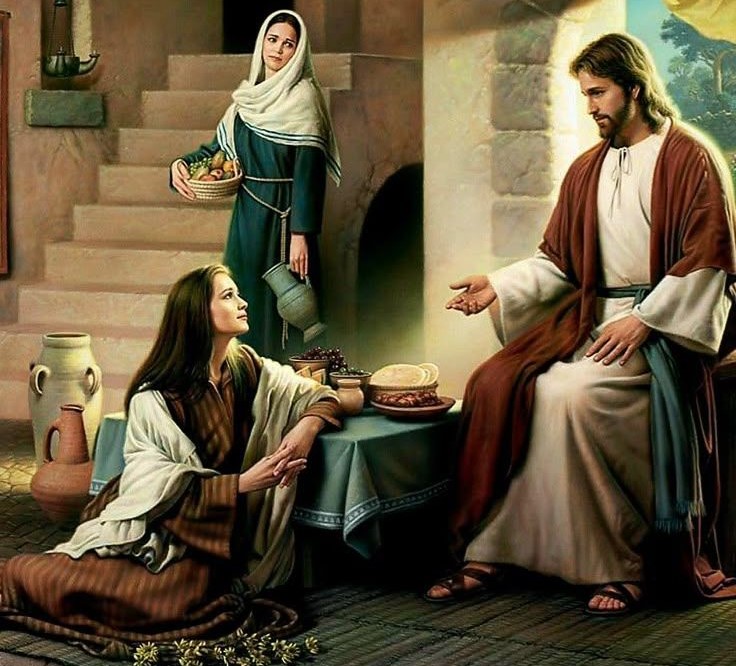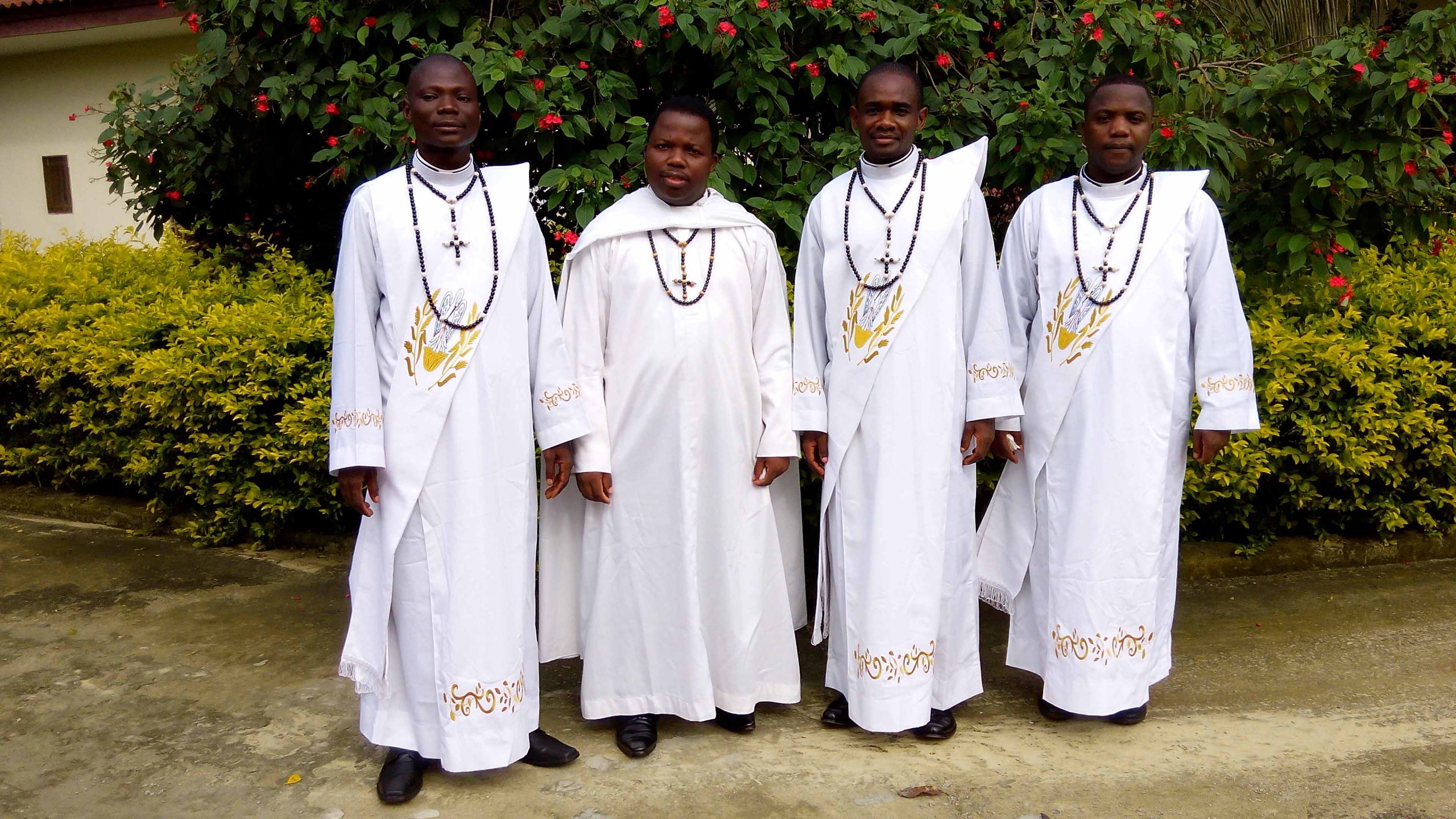Miguel Augusto (*)
Fascination continues for the Shroud, stamped with the mysterious image of a naked body in the cloth, bearing the same characteristics of Jesus crucified. It was revealed in 1898, after the revelation of a negative – a photograph taken to the Shroud by Secondo Pia, an Italian lawyer and amateur photographer. The image now reaches a new climax, with the exhibition of a three-dimensional sculpture of the human figure present in the Holy Shroud, the culmination of the work carried out by scientists of the University of Padua and the local hospital, where science ends up feeding the faith in an encounter with the God made Man.
This is not the first time we have spoken about the Holy Shroud of Turin, a linen cloth that many faithful increasingly believe to have enveloped the body of Our Lord Jesus Christ in the tomb. Science cannot, until now, explain the nature of the image in the cloth, even after numerous teams have analyzed the Shroud.
A team from the University of Padua (Italy), adds a new chapter in bringing the body of the relic to life, with a sculpture made with 3D technology. The 3D image was presented recently on March 20 at the Bo Palace, of the same University, by a team who worked for two years together with the sculptor Sergio Rodella, under the direction of Giulio Fanti, professor of Mechanical and Thermal Measurements of the Department of Industrial Engineering of that Institution. “”
Professor Giulio Fanti has been studying the Holy Shroud, and results of his studies in the past have determined that it is reasonable to date the Shroud to the first century AD, the time when Jesus of Nazareth lived in Palestine. “The work we did produced results that were compatible with each other, indicating a date around 33 BC, with an uncertainty of about 250 years.”
There is historical evidence of the shroud’s existence since the 14th century, although some historians say they can document its presence earlier, with stages in Jerusalem, Odessa, Constantinople and Athens.
Fanti explains that Christian tradition believes the image seen on the Shroud left by the body on the cloth to be that of the dead body of Christ crucified. Now science, using this sophisticated sculpture in 3D, confirms the tradition.
Giulio Fanti states that we are finally faced with a precise image of what Jesus was like, describing the statue as a three-dimensional representation of the life-size Man of the Shroud, made on the basis of precise measurements taken from the cloth in which the body of Christ was wrapped after the crucifixion.
The professor, in an exclusive conversation with the Italian Magazine Chi, stated “According to our studies, Jesus was a man of extraordinary beauty. Tall, but very robust, he was 1.80 m in height when the average height at that time was about 1.65 m. And he had a regal and majestic expression.”
Through the studies and the three-dimensional projection, Fanti could also record the numerous wounds on the body of the Man of the Shroud. “On the Shroud, I counted 370 scourging wounds, without considering the sides, which the cloth does not reveal because it touched only the front and back of the body. But we can assume at least 600 blows. In addition, the three-dimensional reconstruction made it possible to observe that, at the time of death, the Shroud Man leaned to the right, because his right shoulder was displaced so severely that he injured his nerves.”
The University of Padua added that this work shows that the human figure reflected in the Holy Shroud “has a remarkable cadaverous rigidity, has a posture equal to that of a crucified man, whose arms were accommodated to the grave. The elongation of the right upper extremity, and the reduction of the right shoulder confirm the hypothesis that the Shroud man suffered severe trauma to the neck, chest, and shoulder, probably falling under the weight of the cross, with consequent dislocation of the shoulder, and paralysis of the right member.”
Professor Gianmaria Concheri, who participated in the research, explained that “In order to construct the 3D model, an iterative method was used, to arrive at an approximation, involving a tissue similar to that of the Shroud, around a three-dimensional model of a human ideal body.”
This technological process to “decal” the image of the Holy Shroud was carried out, until the measurements of the three-dimensional model coincided with the front and dorsal part of the fabric. Then, a metallic skeleton was constructed which represented the position of the body and, was shaped progressively until they reached the final result.
Matteo Bevilacqua, a scientist who also participated in the work, said, “The most surprising thing, is that Jesus’ body became almost immediately rigid, and remained uncorrupted until the moment of the Resurrection. The explanation could be in the hundred pounds of myrrh and aloes brought by Nicodemus, substances known from antiquity for their conservative and anti-decomposing properties.”
Between Faith and Science
Thoroughly analysed and studied by a large number of scientists, the Shroud seems to exhibit the same mantle (“tilma”) phenomenon as the image of Our Lady of Guadalupe (Mexico). The impression of Jesus’ supposed body is not directly on the cloth, but (“tilma”) “floats” slightly above it. Attempts to reproduce the Man on the Shroud were never successful and to this day it is not possible to explain how the image was generated on the linen cloth; what seems most likely, was to have been imprinted by the irradiation of a powerful light, originated by the body itself, at the resurrection of Jesus in the tomb.
The Holy Shroud – a delicate fabric measuring 4.39 meters in length and 1.15 meters in width (14.5 feet by 3.5 feet) – is placed in a climate-controlled urn, in the Cathedral of St John the Baptist, in the city of Turin, constantly under surveillance.
In 1532, a fire broke out in the Holy Chapel, which almost destroyed the relic. A number of spots caused by the flames is visible, and patches where added, sewn by nuns of Chambery, France, in 1534, to restore the Shroud.
In 2002, the figure of the crucified man imprinted on the Shroud of Turin, become more clearly seen following a restoration by experts, a team headed by Swiss expert Mechtild Flury-Lemberg, former director of the Abegg Museum in Berne. Thirty triangular patches, sewn by nuns after the fire in 1532, were removed from the shroud. Also removed was the “Holland cloth” sewn on the reverse of the shroud 450 years earlier to preserve it. The work also enabled the removal of dust and debris that had accumulated on the cloth over the centuries. The restoration resulted in a lot of digital information. In the course of the works, it was the first time that both sides of the Shroud of Turin have been reproduced on computers.
At the official presentation of the restored shroud – in September 2002 – Cardinal Severino Poletto, at the time archbishop of Turin, explained that the purpose of the work was to guarantee the conservation of the cloth. The cardinal, said that the restoration was carried out with the permission of the Holy See (which owns the shroud), and in keeping with the advice of technical experts. Cardinal Poletto said on the occasion that, the shroud must not become a source of conflict, division or controversy, but a point of reference for deeper reflection and prayer.
The Catholic Church has made no pronouncements on its origin. When John Paul II visited the relic in May 1998, he said: “As it is not a matter of faith, the Church has no specific competence to pronounce itself on these questions. It entrusts the task of research to scientists, to arrive at appropriate answers for questions related to this cloth. What really counts for believers is that the holy shroud is a mirror of the Gospel,” the Holy Father explained, emphasizing that there is a convergence between the Gospel narrative, and the image of the man on the cloth.
In 2006, the Pontifical Athenaeum Regina Apostolorum, created a Permanent Exhibition in Rome on the Shroud of Turin, in order to promote dialogue between faith and science, for all who feel the spiritual call of the Shroud. In this exhibition, a bronze sculpture of the Man of the Shroud had already been made by the Italian sculptor Luigi E Mattei, based on the fabric image, but not with the rigor and perfection of the sculpture now presented by the University of Padua.


 Follow
Follow


